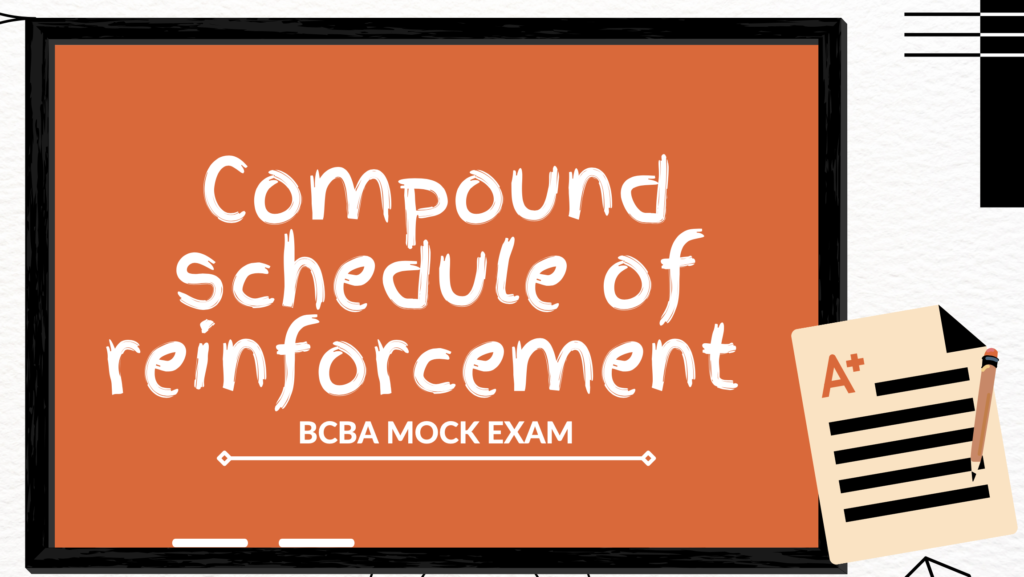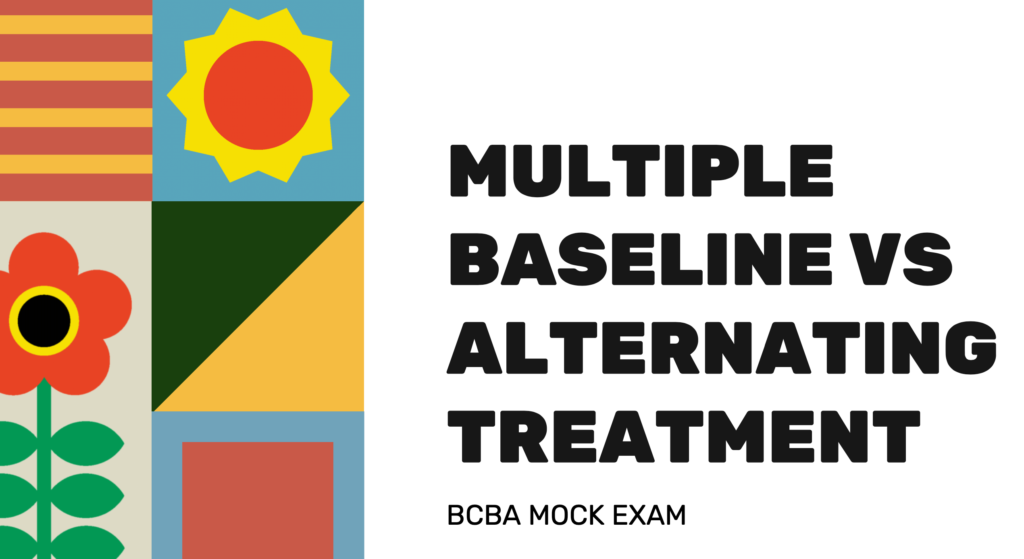DRO / DRA / DRI / DRL / DRH / DRD
We are reinforcing a response class of behaviors in applied behavior analysis. As a result, various alternate behaviors to the problem behavior will be reinforced. For example, we could reinforce walking behavior, staying with the class, or keeping in line if a child runs away from the classroom. In the absence of runaway, any of these behaviors that are on task and appropriate will be reinforced. It’s not necessarily a single activity, but rather a series of behaviors that serve as alternatives to the problematic habit.
DRO and DRI are two subtypes of differential reinforcement of alternative behaviors
DRO — differential reinforcement of other behaviors
There are some additional specific aspects to the schedule. Apart from the target activity, DRO reinforces all other behaviors. It’s usually for problem behavior. With DRO, we always include an interval schedule. This interval schedule is created with IRT (interresponse time). So, except from the problem behavior, any other behavior is acceptable. For example, head hitting. Consider someone who hits his head every 5 minutes or more. Since that behavior is very severe and occurs frequently. We plan to set up a DRO schedule. We will choose his favorite reinforcer, such as Thomas’ train videos. For example, he gets a 30 second Thomas’ train video every 5 minutes if he doesn’t hit his head. He can engage in additional behaviors. He can throw a chair and hit everything he wants. If he does not hit his head, he will still get his Thomas’ train video. Because of the severity of this behavior, we are going to pair the most desired item with the lack of head hitting. Other interventions for the runaway, throwing the chair, or hitting others could be in place. For the absence of those, there could be other factors or reinforcement schedules in place. Remember, the DRO schedule is focusing on one severe behavior.
DRI — differential reinforcement of incompatible behaviors
It is designed for problem behaviors, and you need to figure out which one you cannot do at the same time. It means incompatibility. A child cannot pick their nose and put their hands in their pockets simultaneously. If picking nose is a problem behavior, we should reinforce put hands in their pockets. For example, If hitting others, we may want to encourage to use other strategies. But, just for DRI, we might want to encourage them to hit people with their hands folded in their lap.
As we previously stated, differential reinforcement schedules are never the only thing that is going on, but it is critical that we can identify that piece of the puzzle so that the full intervention treatment package can be completed. For example, we plan to teach coping skills.
DRD — differential reinforcement of diminishing rates of behavior
DRL — differential reinforcement of low rates of behavior
Both schedules aim to reduce but not eliminate some elements of the habit. DRL will be used for behavior that occurs too fast. For instance, eating too fast. We do not want to eliminate eating behavior, but we do want to reduce the rate. So we may establish a schedule that teaches a child to eat at a suitable speed. After waiting 10 seconds between bites, we reinforce. DRD is declining rates. For example, someone who could overeat in one setting. We may reinforce a smaller declining rate of bits, such as 20 bites every meal instead of over 100, or a specified quantity of food that they can get reinforcement for.
DRH — differential reinforcement of high rates
It is for the behaviors you desire to improve. For instance, there is a child who only greets others once a day, and we want to encourage him to do more often. We may want to create a new level for him to receive reinforcement for. If he chats to different peers more than three times, they will receive encouragement. It is not a common schedule. The most frequent schedules we use are DRA, DRO, and DRI.





